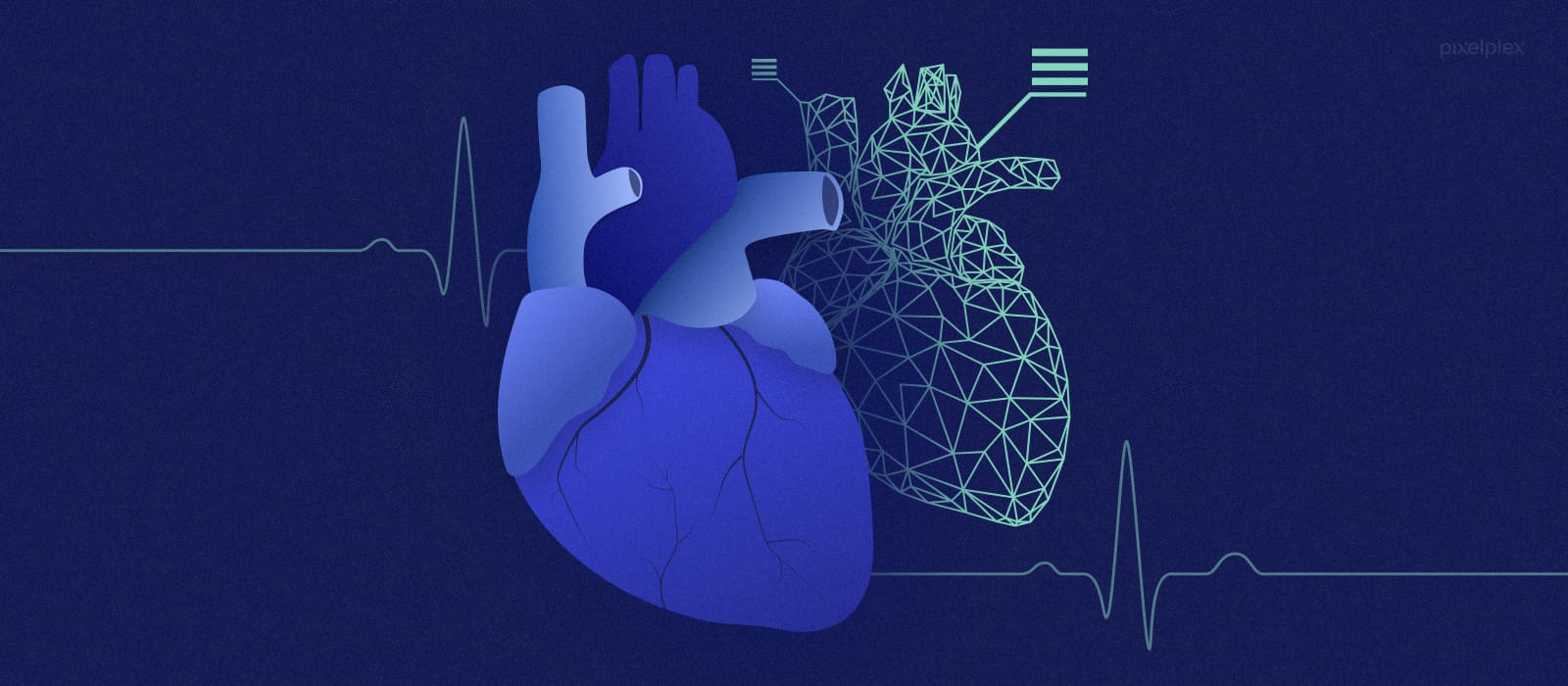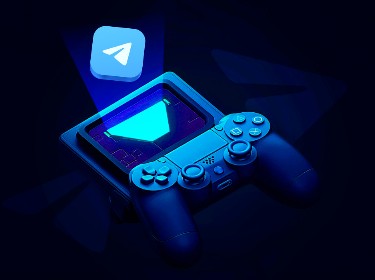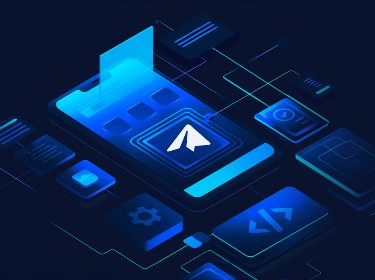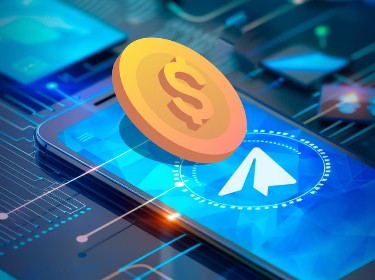The healthcare industry readily embraces the newest technologies to enhance multiple processes, from patient document management to the production of better medicines. How can digital twins be of help?
There are a great number of pressing issues looming over the healthcare industry, such as discovering treatments for terminal diseases, making high quality medical care affordable to everyone, facilitating processes within healthcare establishments, and plenty more.
Luckily, digital transformation in the medical field is in full swing, with more and more healthcare providers embracing and reaping the benefits of the latest technologies, including digital twins.
In this article, we will explore what changes digital twin technology can bring to the healthcare industry and take a look at the companies that have already leveraged this innovation.
Curious about how digital twins are revolutionizing healthcare? Step into the future by watching our latest video. Discover their groundbreaking applications and understand how they’re shaping the next frontier of medical innovation.
What is a digital twin in healthcare?
Healthcare digital twins are precise interactive models of different medicine-related objects, such as devices and machinery, buildings, and even human bodies and organs.
Digital twins are built with the help of data analytics and require technologies such as artificial intelligence, machine learning, and the Internet of Things.
With the help of healthcare digital twins researchers can analyze the properties and processes of the original entity and conduct various experiments.
Get acquainted with our big data consulting services
What are the benefits of digital twins in healthcare?
![]()
There are many advantages of leveraging digital twins in healthcare. The technology streamlines research and treatment development, allows for in-depth disease research and cost reduction, and facilitates deeper patient involvement.
Let’s examine each benefit in greater detail.
Streamlined research and treatment development
With a digital twin, researchers can try different scenarios and strategies to see how the real-world entity will potentially respond. For example, scientists can create a digital twin of an organ suffering from a disease and see how different combinations of medicines influence the progression of the disease.
This will considerably facilitate the treatment development, allowing researchers to put aside invalid approaches and avoid the need to experiment on animals and humans.
In-depth disease research
By leveraging digital twins, scientists can visualize the whole lifecycle of the disease and thoroughly analyze how it progresses. Moreover, they can simulate different internal and external processes to see how various factors affect the disease.
Cost reduction
Healthcare research is very expensive and resource-intensive. In the US alone, the National Institutes of Health spent most of its $45 billion 2022 budget on medical research.
Digital twins help reduce these expenses by making it possible to test virtual substances and mixes of chemicals on an interactive model of an organ or bodily system. This way, scientists can single out the samples showing the best results for further experimentation with physical resources.
Deeper patient involvement
Digital twins make it easier for patients to understand the processes going on in their bodies. This reduces the fear of the unknown and motivates patients to collaborate more effectively with medical personnel and keep to the prescribed treatment.
Find out how the healthcare industry leverages AR and VR technologies
Key digital twins in healthcare use cases
![]()
Our team conducted R&D services to shortlist the most prominent use cases of digital twins in the healthcare domain, including digital twins of healthcare facilities, bodies and organs, patients, medical equipment, and drugs.
But how exactly do these different health digital twins work?
Digital twins of healthcare facilities
Equipped with a digital twin of the whole healthcare facility, say, a hospital, specialists can track all the vital processes across different departments. For example, it is possible to have constantly updating data about the staff schedules, ward capacity, drugs stock, or equipment load. This will help the facility administration act proactively and prevent care delivery setbacks, stock shortages, and machinery breakdown.
Also, a digital twin of the building makes it easier to plan and design construction alterations and organizational changes. Suggestions and strategies can be first tried out on a virtual model to evaluate their effectiveness in both regular and emergency situations. This will not only save money and time, but will also allow for the testing of the most ambitious changes without the need to make real-life rearrangements and bother personnel and patients.
Digital twins of bodies and organs
Digital twins of organs or entire human bodies can be great educational material — not only for common people, but also for medical students and even certified doctors who want to refresh or upgrade their qualifications.
Also, these interactive virtual models are very insightful when it comes to conducting experiments and research, to understand the patterns of both healthy bodies and those affected by a disease. Digital twins allow researchers to imitate any combination of factors influencing an organ or an organism as a whole, and see the outcome without performing real-life tests and exposing subjects to potential harm.
Digital twins of patients
A customized digital twin of a patient opens up new opportunities for personalized treatment by granting doctors an almost X-ray vision of a patient’s body. This way, doctors will be able to evaluate the organs’ condition and suggest suitable treatment based on their overview of the whole body system and its patterns.
In addition, since this kind of personalized digital twin carries the comprehensive health data of a patient, it will streamline intake and diagnose processes in case a patient is admitted to the hospital in future.
Digital twins of medical equipment
Digital twins make it possible to create interactive models of mechanisms and to experiment with them to find ways to enhance productivity and accuracy. Also, researchers can simulate emergency conditions to test the limits of the devices and machinery and see whether changes in the environment influence their performance and output.
Digital twins of drugs
Finding a perfect formula and dosage of drugs is a very delicate work, requiring a high level of accuracy. With digital twins technology, researchers can build models of drugs and tailor each component to achieve optimal digestibility and test their efficiency on digital twins of organs and bodies.
How can blockchain be used in the healthcare industry? Read in our article
Real-life examples of digital twins in healthcare
Digital twins in healthcare are already a reality, improving medical processes across various departments.
Let’s get acquainted with three companies and their distinct approaches to leveraging this innovative technology. These are Twin Health and its fight with metabolic diseases, Spinview aiming to design healthcare facilities better, and Virtonomy allowing to develop and test medical devices.
Twin Health
Twin Health develops individual digital twins of people’s metabolism to help fight chronic metabolic diseases, such as diabetes. The digital twins are built using constantly updating data collected from glucose monitors, fitness watches, and self-reported medical history.
The solution is presented as an app which offers personalized guidelines on nutrition, sleep, activity, and breathing. It also connects patients to a human healthcare specialist.
According to the Twin Health clinical tests, involving 199 patients diagnosed with diabetes, researchers found that 95% of testees experienced reduced blood sugar levels. In addition, nine insulin-dependent patients were able to stop injections in 90 days of using Twin Health.
Spinview
The startup Spinview teamed up with medical specialists to create digital twins of healthcare facilities. The goal behind the collaboration was to enable better planning and design of new buildings since the physical environment directly influences the wellbeing of patients.
Spinview built a digital twin of a Swedish care home and invited seniors and healthcare workers to navigate the virtual model. As a result, the company received positive feedback that proved the usefulness of digital twins for the validation of healthcare facilities design.
Virtonomy
Virtomony creates digital twin solutions to help design and test new medical devices at a reduced cost while also avoiding regulatory complexity.
The company offers a constantly expanding database of real clinical data that reflects anatomical variability, demographic diversity, and patterns of pathological conditions. It allows researchers to build custom-made digital twins of different organs and bodies and evaluate the effectiveness of their medical devices on these models. For example, specialists can determine the correlation between different body variations and the performance of a device.
What are the challenges of leveraging healthcare digital twins?
Digital twins technology is still in its nascent stage which brings its limitations, such as high cost of implementation, insufficient data, and privacy concerns.
Here is a detailed overview of each issue:
High cost of implementation
To create digital twins of hospitals and other facilities, healthcare providers will need to invest big sums of money into infrastructure development, acquisition of advanced software and hardware, and training of medical personnel.
Insufficient data
Healthcare organizations often don’t have the all-encompassing data on its processes and patients which is necessary for the accurate and unbiased functioning of digital twins.
Privacy concerns
Some patients may not be willing to share their medical information, leading to data gaps or even an inability to use the technology in some cases.
What to consider when building a digital twin for the healthcare domain?
If you plan to build a digital twin for healthcare needs, it is important to consider the following aspects:
Area of application
You need to determine where the digital twin will be applied: medical research, patient care, or education, for example. The selected use case will have a direct impact on the development and implementation strategy of your digital twin.
Data integrity
For the correct functioning of a digital twin, you should provide it with relevant and factual data that fairly represents all subjects in question. You should also take care of timely data updates to ensure that the digital twin remains accurate.
Compliance with security measures
Digital twins need large amounts of sensitive data, so you will have to figure out how to ensure its safety as well as its compliance with regulations, such as HIPPA.
Integration with existing workflows
A digital twin is a valuable addition to the established healthcare processes, so you should oversee its effective integration into the workflow and ensure compatibility with vital systems such as electronic health records (EHRs) or drug stock management.
Collaboration with healthcare professionals
To build a truly effective and helpful digital twin, you need to engage medical specialists who will guide you and share valuable insights. This is crucial to ensure the digital twin meets the needs of both patients and healthcare providers.
Well-versed technical specialists
Digital twins are built with top-notch technologies, so to make sure they work flawlessly, you need to hire a team of qualified technical specialists, preferably with experience in healthcare solutions development.
Meet Patientory — a blockchain-powered mobile app that helps to manage health data and gives incentives for a healthy lifestyle
Conclusion
Digital twins is a ground-breaking technology able to significantly enhance many vital healthcare processes, from better medical facility management to new drugs and treatments discovery. They can be applied to practically any healthcare department and are therefore able to help thousands of patients and doctors with whatever issues they may face.
Thinking of implementing digital twins in your healthcare facility? Let us assist you with that — our custom healthcare software development company has comprehensive experience of creating medical solutions based on the most innovative technologies, so we will make sure your digital twin is tailored specifically to your needs and goals.




